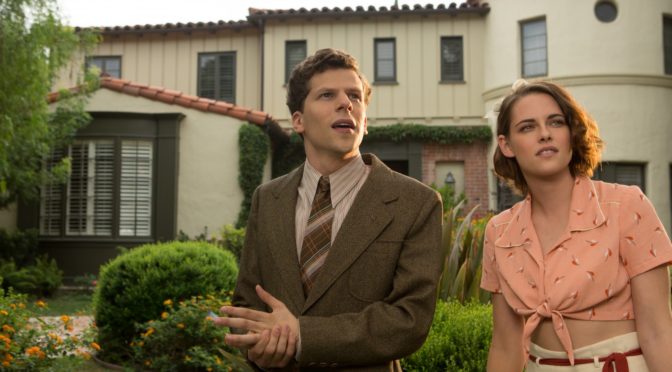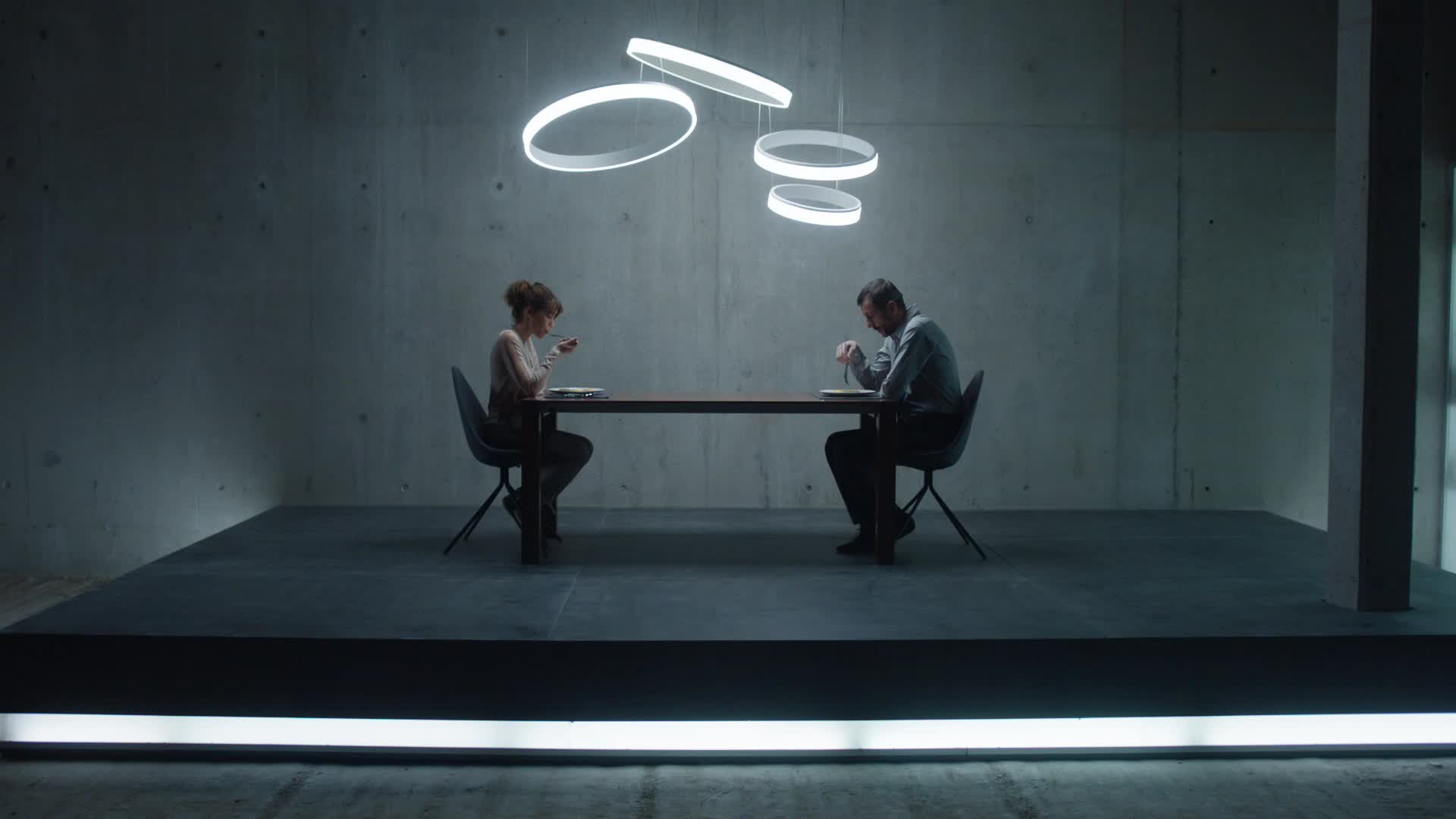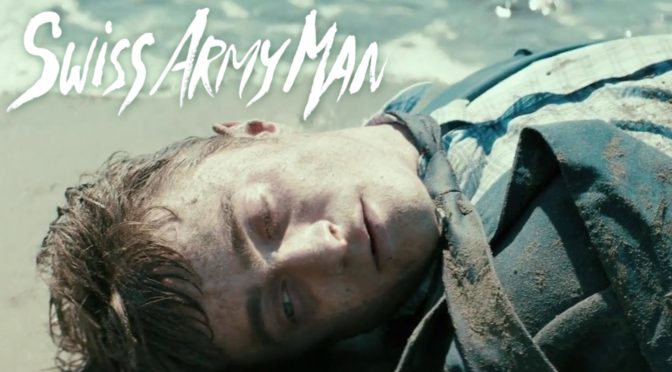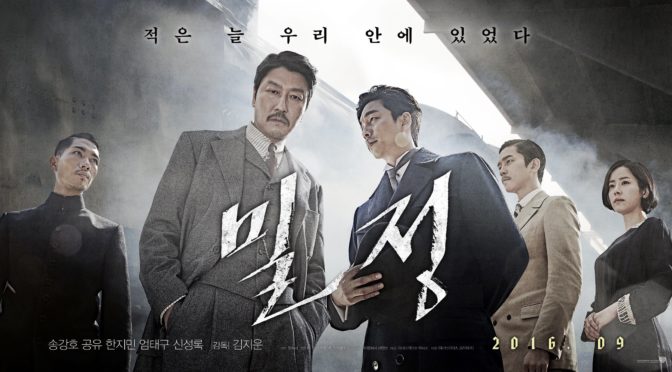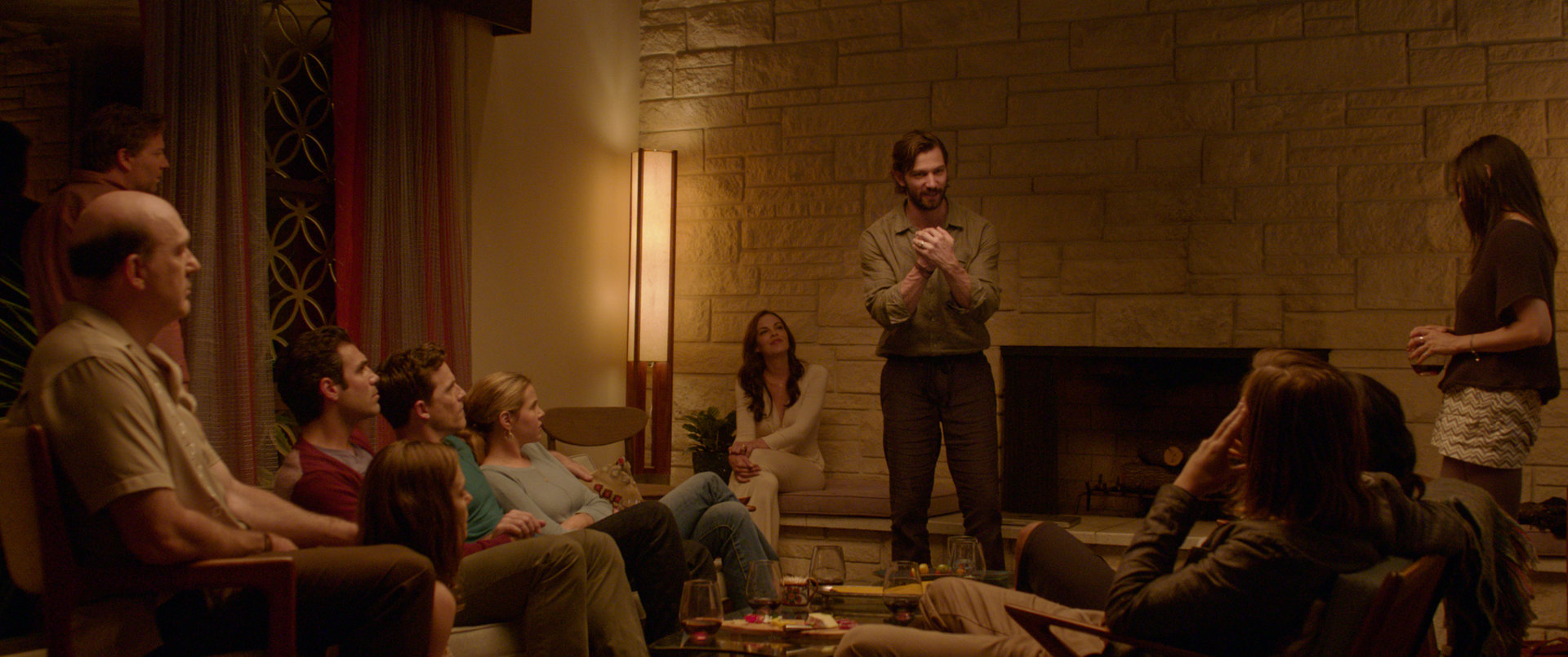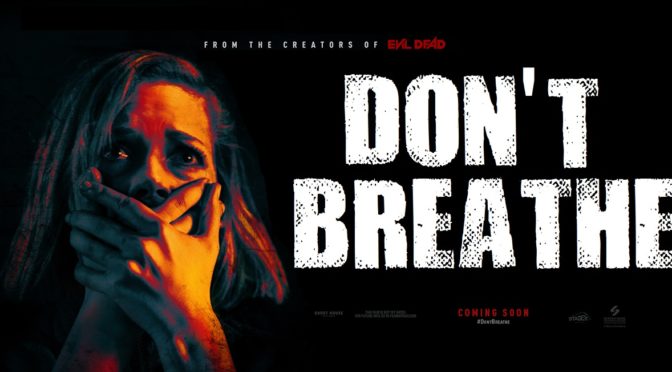Is it a crime to try to save your own men? Tobias Lindholm (A Hijacking) explores this question in A War. Commanding officer Claus Pedersen (Pilou Asbæk; Game of Thrones) leads his team of Danish soldiers in Afghanistan. When a local family attempts to seek refuge in their military base after the Taliban informs them that they will die unless the father becomes a warrior, Claus assures them that they can return home and that the soldiers will come back to stop the Taliban. As they try to make good on their promise, the Danes soon find themselves under fire and Claus makes a decision to ensure the safe extraction of a gravely wounded soldier. He survives but Claus is placed under investigation because, unbeknownst to him, his order caused the death of several civilians and his reasoning is brought into question.
Lindholm excels at creating realistic drama. The military scenes are shot with a Direct Cinema verisimilitude that never over-dramatizes an action. Movements are subtle and the film feels deliberately stripped down. This method of staging makes the violence of battle a tangible fear and the potential consequences are apparent with every decision. Lindholm would make a great action film director if he ever chose make the switch. It’s a shame that there are so few of these scenes in the film.
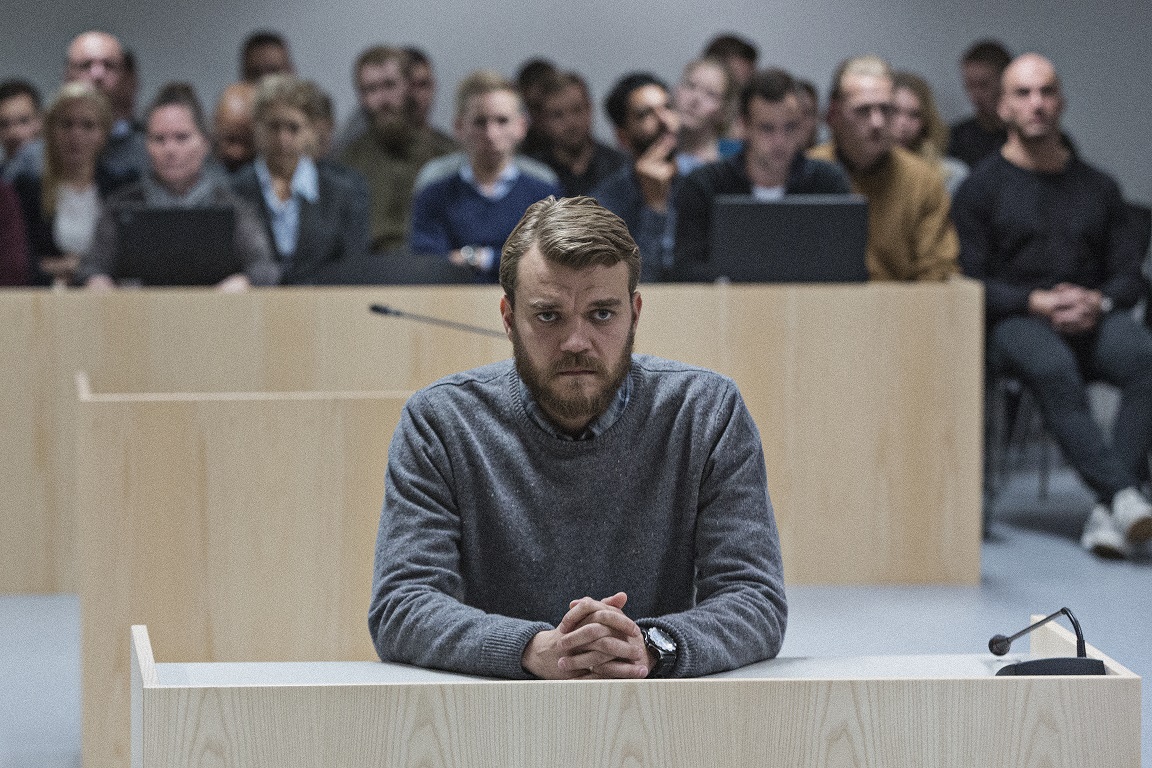
Instead, his main focus is the aftermath of the battle. Claus is sent home and put on trial for the deaths of the civilians. The prosecutors are claiming that he made the critical decision without information required by law – that he ordered a bombing without having a positive ID on military targets. Claus’s innocence (or guilt) is not ambiguous and the truth behind his decision is made clear to the viewer. Lindholm’s true desire is to explore how Claus will defend himself. Will he tell a lie if it means a chance at an acquittal? Does it matter? As one character puts it, “The issue is not what you should have done, but what you do now.” The impact of these decisions goes beyond Claus himself. He has a wife and three young children and by all other accounts is a skilled soldier. Who will benefit from him going to prison? Who will really be punished?
Lindholm’s choice to quickly leave the war-zone and enter the courtroom is a risky one. When in Afghanistan, he deftly handles the battle scenes and makes the small scale battles feel pivotal. His stripped down style creates tension from realism and this applies to legal battles too. As in A Hijacking, he portrays a man in conflict between doing what appears right and what will be the least painful. The strength of the legal scenes comes from Claus’s relationships with his men and the potential damage to his family. How will his reporting officers testify? It’s clear that many of them are more than just direct reports and unfavorable, but perhaps truthful, statements could not only damage their friendship but also send a good man to jail. While these cross examinations are interesting, they can’t compete with the intensity of the action scenes. They feel somewhat deflated in comparison. Despite a shift in focus, A War examines the split second decisions made in battle and the morality of their repercussions with engrossing realism and nuance.

4/5 stars.



